When it comes to convenience and versatility in the kitchen, few ingredients can match the humble yet essential dried noodles. With a history dating back centuries, dried noodles have become a staple in households around the world, loved for their easy preparation, long shelf life, and ability to absorb a wide range of flavors. From quick weeknight dinners to elaborate gourmet dishes, dried noodles offer endless possibilities for both amateur home cooks and seasoned chefs alike. One of the greatest appeals of dried noodles is their convenience. Unlike fresh noodles, which have a limited shelf life and require special storage conditions, dried noodles can be kept in the pantry for months or even years, ready to be used whenever the craving strikes. This makes them a reliable go-to ingredient for busy individuals and families looking to whip up a satisfying meal without a lot of time or effort. The versatility of dried noodles is another reason why they are a kitchen essential. From classic Italian pasta to Asian rice noodles, there are countless varieties of dried noodles to choose from, each with its own unique texture and flavor profile. Whether you prefer the chewy bite of udon noodles, the delicate strands of angel hair pasta, or the comforting warmth of ramen noodles, there is a dried noodle out there to suit every taste and culinary preference.
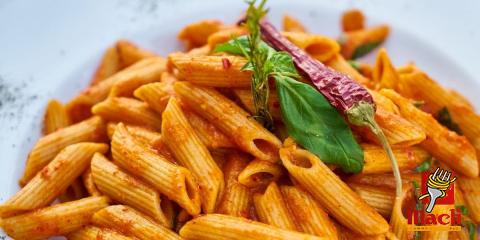
.
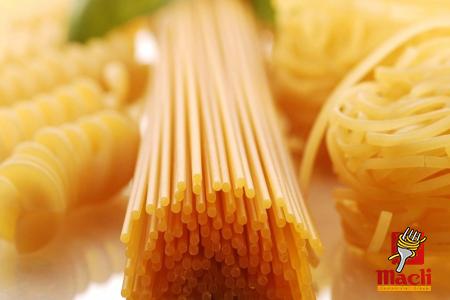 Dried noodles are also incredibly easy to prepare, making them ideal for cooks of all skill levels. Simply boiling them in water for a few minutes is all it takes to transform dried noodles into a delicious and satisfying meal. And with the wide range of sauces, broths, and seasonings available, you can customize your dried noodles to your heart’s content, creating endless variations to keep your taste buds happy. For those looking to incorporate more whole grains into their diet, there are also dried noodles made from alternative flours such as whole wheat, brown rice, or buckwheat. These varieties offer a healthier option without sacrificing taste or texture, providing a nutritious and satisfying alternative to traditional white flour noodles. Dried noodles are not just a convenient and versatile ingredient; they are also a key component of many iconic dishes from around the world. In Italy, pasta dishes like spaghetti carbonara, fettuccine alfredo, and lasagna rely on dried noodles as the foundation for their rich and savory flavors. In Thailand, pad Thai, a popular street food dish, features stir-fried rice noodles with a tangy tamarind sauce, topped with crunchy peanuts and fresh herbs. In Japan, ramen noodles are a beloved comfort food, enjoyed in steaming bowls of flavorful broth with toppings like sliced pork, soft-boiled eggs, and nori seaweed.
Dried noodles are also incredibly easy to prepare, making them ideal for cooks of all skill levels. Simply boiling them in water for a few minutes is all it takes to transform dried noodles into a delicious and satisfying meal. And with the wide range of sauces, broths, and seasonings available, you can customize your dried noodles to your heart’s content, creating endless variations to keep your taste buds happy. For those looking to incorporate more whole grains into their diet, there are also dried noodles made from alternative flours such as whole wheat, brown rice, or buckwheat. These varieties offer a healthier option without sacrificing taste or texture, providing a nutritious and satisfying alternative to traditional white flour noodles. Dried noodles are not just a convenient and versatile ingredient; they are also a key component of many iconic dishes from around the world. In Italy, pasta dishes like spaghetti carbonara, fettuccine alfredo, and lasagna rely on dried noodles as the foundation for their rich and savory flavors. In Thailand, pad Thai, a popular street food dish, features stir-fried rice noodles with a tangy tamarind sauce, topped with crunchy peanuts and fresh herbs. In Japan, ramen noodles are a beloved comfort food, enjoyed in steaming bowls of flavorful broth with toppings like sliced pork, soft-boiled eggs, and nori seaweed.
..
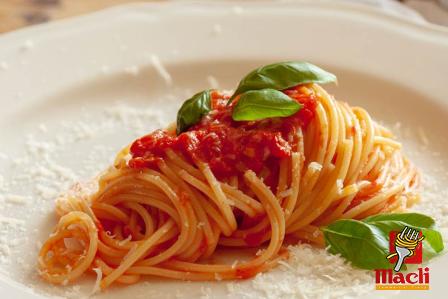 And in China, lo mein, a classic stir-fried noodle dish, is a favorite among both locals and visitors, showcasing the versatility and adaptability of dried noodles in various culinary traditions. Whether you’re craving a hearty bowl of noodle soup on a cold winter’s day or a light and refreshing noodle salad for a summer picnic, dried noodles offer endless possibilities for delicious meals year-round. With their convenience, versatility, and ability to absorb a wide range of flavors, dried noodles are a kitchen essential that no household should be without. So the next time you’re in the mood for a satisfying and comforting meal, reach for a pack of dried noodles and let your creativity take the reins. Whether you’re a novice cook looking to experiment in the kitchen or a seasoned chef seeking inspiration for your next culinary masterpiece, dried noodles are sure to deliver a delicious and satisfying dining experience that will keep you coming back for more. The beauty of dried noodles lies in their ability to adapt to a wide variety of culinary styles and flavor profiles. With just a few simple ingredients and some creativity, you can transform a humble pack of dried noodles into a gourmet dish that will impress even the most discerning palates. One of the key factors in cooking with dried noodles is achieving the perfect texture. To ensure that your noodles are cooked to al dente perfection, be sure to follow the instructions on the packaging and taste-test them regularly as they cook. Overcooked noodles can become soggy and mushy, so it’s important to find that sweet spot where they are tender yet still have a satisfying bite. When it comes to seasoning your dried noodles, the possibilities are truly endless. Whether you prefer a classic marinara sauce with spaghetti, a spicy peanut sauce with rice noodles, or a fragrant miso broth with ramen noodles, there are countless flavor combinations to explore. Don’t be afraid to get creative with your seasonings and toppings – fresh herbs, crunchy vegetables, savory proteins, and umami-rich sauces can all take your dried noodles to the next level. If you’re looking for a quick and easy meal, consider whipping up a simple stir-fry with your favorite vegetables and protein, tossing in some cooked dried noodles at the end for a satisfying and filling dish.
And in China, lo mein, a classic stir-fried noodle dish, is a favorite among both locals and visitors, showcasing the versatility and adaptability of dried noodles in various culinary traditions. Whether you’re craving a hearty bowl of noodle soup on a cold winter’s day or a light and refreshing noodle salad for a summer picnic, dried noodles offer endless possibilities for delicious meals year-round. With their convenience, versatility, and ability to absorb a wide range of flavors, dried noodles are a kitchen essential that no household should be without. So the next time you’re in the mood for a satisfying and comforting meal, reach for a pack of dried noodles and let your creativity take the reins. Whether you’re a novice cook looking to experiment in the kitchen or a seasoned chef seeking inspiration for your next culinary masterpiece, dried noodles are sure to deliver a delicious and satisfying dining experience that will keep you coming back for more. The beauty of dried noodles lies in their ability to adapt to a wide variety of culinary styles and flavor profiles. With just a few simple ingredients and some creativity, you can transform a humble pack of dried noodles into a gourmet dish that will impress even the most discerning palates. One of the key factors in cooking with dried noodles is achieving the perfect texture. To ensure that your noodles are cooked to al dente perfection, be sure to follow the instructions on the packaging and taste-test them regularly as they cook. Overcooked noodles can become soggy and mushy, so it’s important to find that sweet spot where they are tender yet still have a satisfying bite. When it comes to seasoning your dried noodles, the possibilities are truly endless. Whether you prefer a classic marinara sauce with spaghetti, a spicy peanut sauce with rice noodles, or a fragrant miso broth with ramen noodles, there are countless flavor combinations to explore. Don’t be afraid to get creative with your seasonings and toppings – fresh herbs, crunchy vegetables, savory proteins, and umami-rich sauces can all take your dried noodles to the next level. If you’re looking for a quick and easy meal, consider whipping up a simple stir-fry with your favorite vegetables and protein, tossing in some cooked dried noodles at the end for a satisfying and filling dish.
…
 Or if you’re in the mood for something more comforting, try simmering your noodles in a flavorful broth with aromatics like ginger, garlic, and scallions for a nourishing and soothing noodle soup. For those with a sweet tooth, dried noodles can even be used to create decadent dessert dishes. In Southeast Asia, dishes like mango sticky rice with coconut milk and sweetened noodles are a popular treat, showcasing the versatility of dried noodles in both savory and sweet applications. You can also try your hand at making a comforting rice pudding with cooked rice noodles, cinnamon, and sugar for a delicious and satisfying dessert option. In addition to their culinary versatility, dried noodles are also a budget-friendly option for home cooks looking to stretch their food dollars. With their long shelf life and affordable price point, dried noodles are a cost-effective ingredient that can be used in a wide variety of dishes, making them a pantry staple that won’t break the bank. Furthermore, dried noodles are a convenient and satisfying option for individuals following specific dietary preferences or restrictions. Whether you’re vegetarian, vegan, gluten-free, or simply looking to incorporate more whole grains into your diet, there are dried noodle options available to suit your needs. From buckwheat soba noodles to quinoa spaghetti, there are plenty of alternatives to traditional wheat-based noodles that offer a nutritious and delicious option for all diners. In conclusion, dried noodles are a kitchen essential that offer convenience, versatility, and endless possibilities for home cooks and chefs alike. Whether you’re in the mood for a comforting bowl of noodle soup, a refreshing noodle salad, or a hearty pasta dish, dried noodles are sure to satisfy your cravings and awaken your taste buds. So the next time you’re looking for a quick and easy meal solution, reach for a pack of dried noodles and let your culinary creativity shine. With their ease of preparation, adaptability to various cuisines, and ability to absorb a wide range of flavors, dried noodles are a versatile and delicious ingredient that will elevate your home-cooked meals to a whole new level.
Or if you’re in the mood for something more comforting, try simmering your noodles in a flavorful broth with aromatics like ginger, garlic, and scallions for a nourishing and soothing noodle soup. For those with a sweet tooth, dried noodles can even be used to create decadent dessert dishes. In Southeast Asia, dishes like mango sticky rice with coconut milk and sweetened noodles are a popular treat, showcasing the versatility of dried noodles in both savory and sweet applications. You can also try your hand at making a comforting rice pudding with cooked rice noodles, cinnamon, and sugar for a delicious and satisfying dessert option. In addition to their culinary versatility, dried noodles are also a budget-friendly option for home cooks looking to stretch their food dollars. With their long shelf life and affordable price point, dried noodles are a cost-effective ingredient that can be used in a wide variety of dishes, making them a pantry staple that won’t break the bank. Furthermore, dried noodles are a convenient and satisfying option for individuals following specific dietary preferences or restrictions. Whether you’re vegetarian, vegan, gluten-free, or simply looking to incorporate more whole grains into your diet, there are dried noodle options available to suit your needs. From buckwheat soba noodles to quinoa spaghetti, there are plenty of alternatives to traditional wheat-based noodles that offer a nutritious and delicious option for all diners. In conclusion, dried noodles are a kitchen essential that offer convenience, versatility, and endless possibilities for home cooks and chefs alike. Whether you’re in the mood for a comforting bowl of noodle soup, a refreshing noodle salad, or a hearty pasta dish, dried noodles are sure to satisfy your cravings and awaken your taste buds. So the next time you’re looking for a quick and easy meal solution, reach for a pack of dried noodles and let your culinary creativity shine. With their ease of preparation, adaptability to various cuisines, and ability to absorb a wide range of flavors, dried noodles are a versatile and delicious ingredient that will elevate your home-cooked meals to a whole new level.

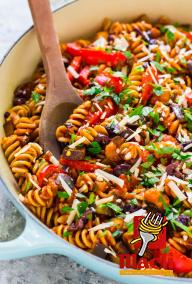
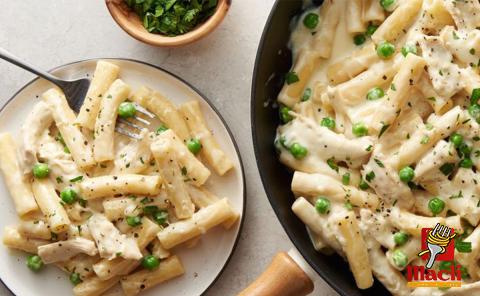


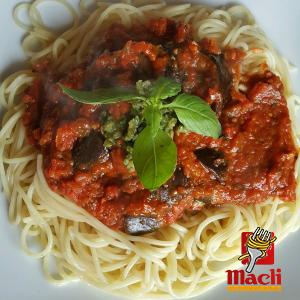
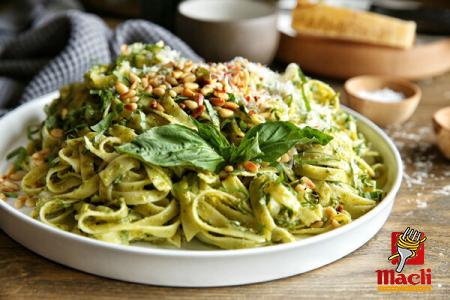
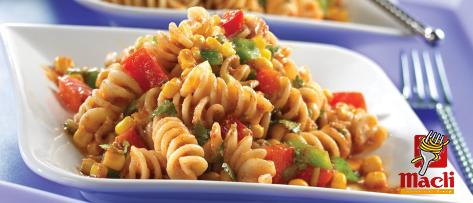
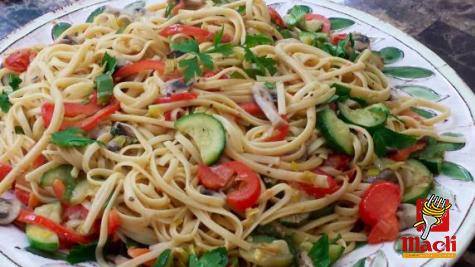
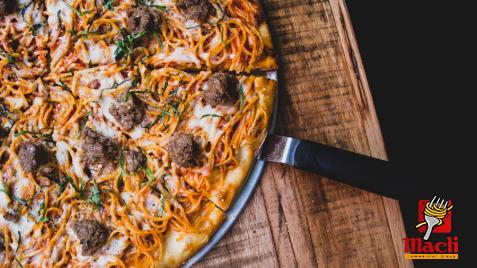
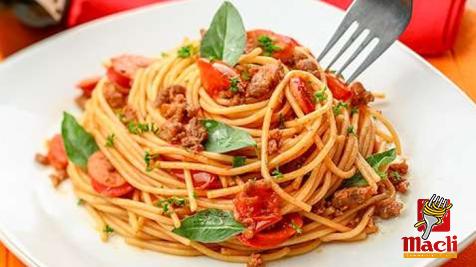
Your comment submitted.